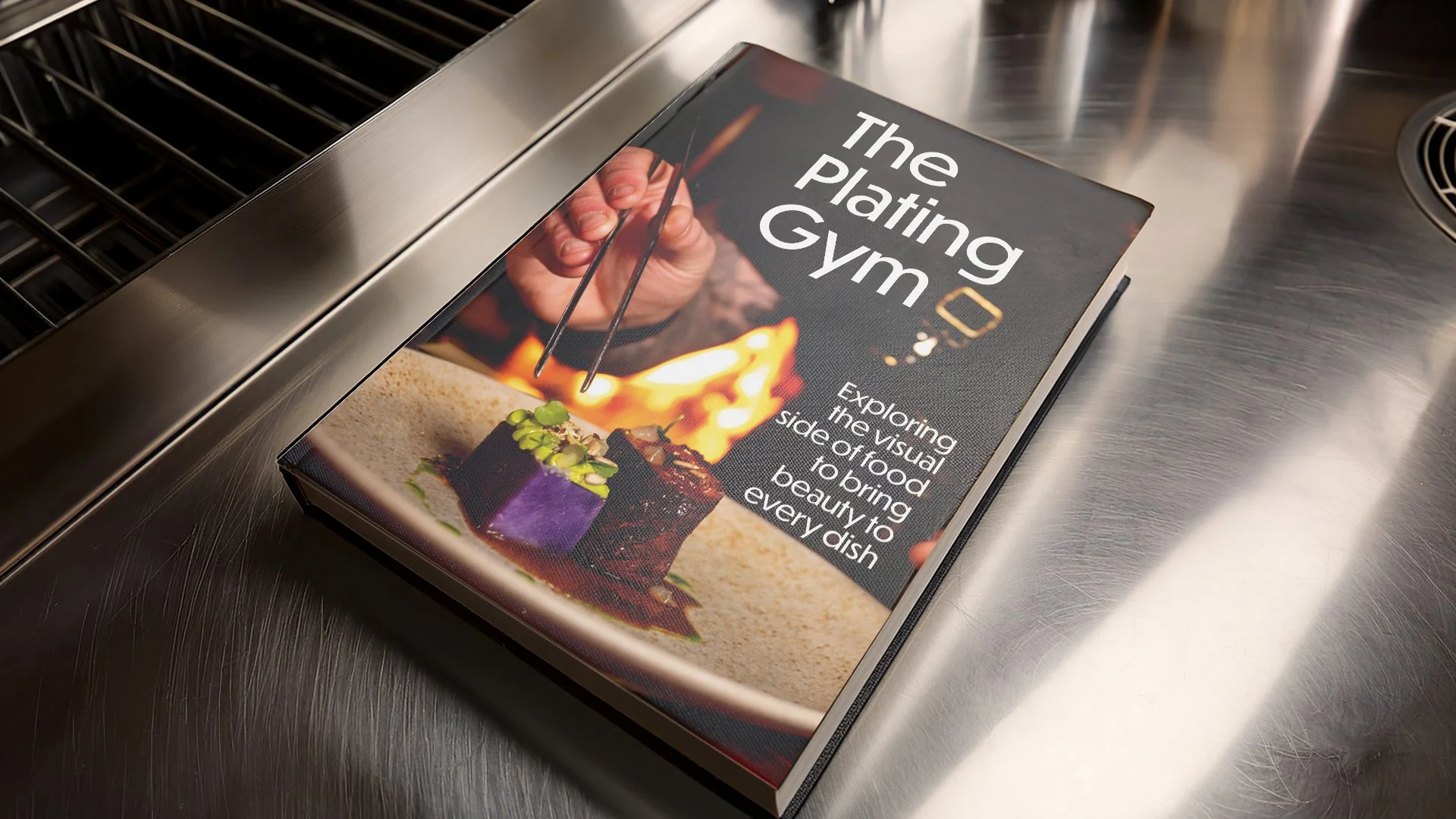3 Food Plating Trends Defining 2025
Plating trends come and go. One year it’s tweezers and symmetry. The next it’s messy, moody, and raw. So how do you keep up—without losing your personal style?
As someone who’s spent over a decade photographing food and talking with some of the UK’s most innovative chefs, I’ve seen trends cycle fast. But 2025 feels different. Rather than chasing novelty, the biggest shifts in plating this year are grounded in something deeper: honesty, function, and emotional connection.
Here are three visual food trends already shaping the year—and how you can use them to elevate your own plates.
Trend 1: Imperfect Plating (And Why It's More Honest)
Forget perfect quenelles and micro herb tweezers for a moment. The most captivating plates right now don’t try to look flawless—they lean into the raw, the natural, the slightly unpredictable.
Imperfect plating is about storytelling. It reflects a deeper desire for authenticity in food: wonky lines, smeared sauces, natural spills. It’s not lazy—it’s intentional. Think of it like the difference between a factory-made plate and a hand-thrown ceramic bowl. One is identical every time. The other carries the marks of the maker.
This trend is also a quiet rebellion against overly curated Instagram aesthetics. In an age of AI-generated visuals and hyper-polished food content, a plate that feels human—handcrafted, textural, alive—stands out.
Try this: Let your puree trail off naturally. Let your jus pool unevenly. Choose handmade or irregular tableware. A little asymmetry can make a plate feel more grounded, more memorable—and more you.
Trend 2: Utilitarian Design (Function First, Always)
Utilitarian design isn’t about being boring. It’s about cutting the fluff.
In 2025, more chefs are asking: Does this element serve the dish? If not, it goes. The result is plating that feels purposeful and unpretentious—but still beautiful in its restraint.
This is food that doesn’t need a filter. It doesn’t perform for social media. It just makes sense.
You’ll see this in simpler layouts, fewer components, and plates that highlight cooking skill over aesthetic gimmicks. As chef Dean Banks put it recently, “Chefs are losing their tweezers in favor of good old-fashioned cooking.”
It’s also a reaction to rising costs and a desire for sustainability. Nose-to-tail plating, local ingredients, and minimal waste aren’t just ethical—they’re economically smart.
Try this: Instead of building a “wow” plate, build a smart one. Use three components instead of six. Highlight contrast through cooking technique or texture, not just color. And don’t be afraid of space—restraint is powerful.
Trend 3: Nostalgia, Reimagined
There’s something comforting about the past—especially when the world feels a bit chaotic. That’s why 2025 is seeing a surge in nostalgic plating: dishes inspired by childhood memories, vintage cookbooks, or even 90s dinner parties.
But this isn’t retro-for-retro’s-sake. Today’s best nostalgic plates blend memory with modernity. You might see a prawn cocktail reimagined with yuzu mayo. Or a school dinner sponge cake made from koji and miso.
Nostalgia works best when it surprises. It’s about evoking a feeling while delivering something new.
Try this: Revisit a dish from your childhood. Ask: What would this look like plated for a tasting menu? Play with scale, texture, and cultural mashups—without losing the emotional core.
Bonus Tip: Don't Follow Trends—Rework Them
Trends are useful, but they’re not rules. In fact, the chefs who benefit most from trends are usually the ones who break them.
If everyone’s plating imperfectly, how can you make it feel refined? If utilitarian dishes dominate, what’s one bold element you can add that still feels honest?
Use trends as inspiration—but let your creative instincts lead the way. That’s how memorable plates are made.
Let’s Keep Growing Together
If you found this helpful, consider:
✅ Subscribing to Dining Fables on YouTube for free plating tutorials and breakdowns.
✅ Joining our newsletter for exclusive plating tips, behind-the-scenes lessons, and a supportive community of chefs and passionate home cooks.
✅ Leaving a comment below: What’s your biggest challenge when it comes to plating? I read every comment, and it helps shape future content for you.
By consistently training your eye and practising these principles, you will develop a plating style that feels natural, confident, and unmistakably yours.
Keep plating. Keep observing. Keep growing. And remember:
Plating isn’t just a finishing touch. It’s the first impression your food makes—make it count.

